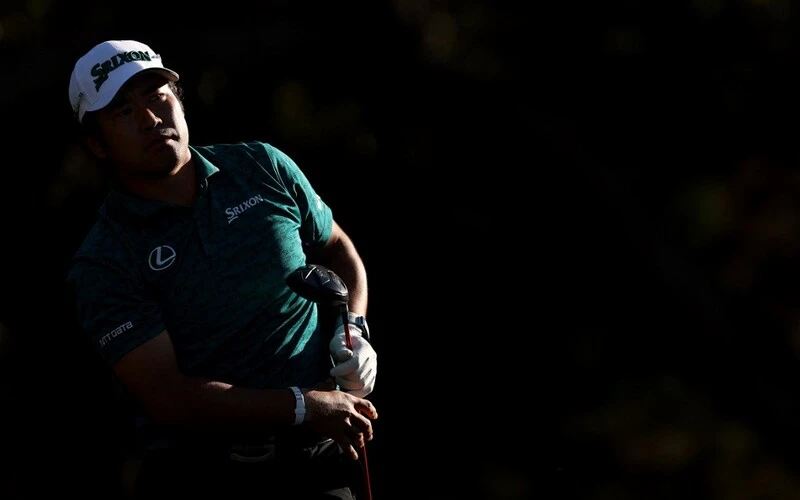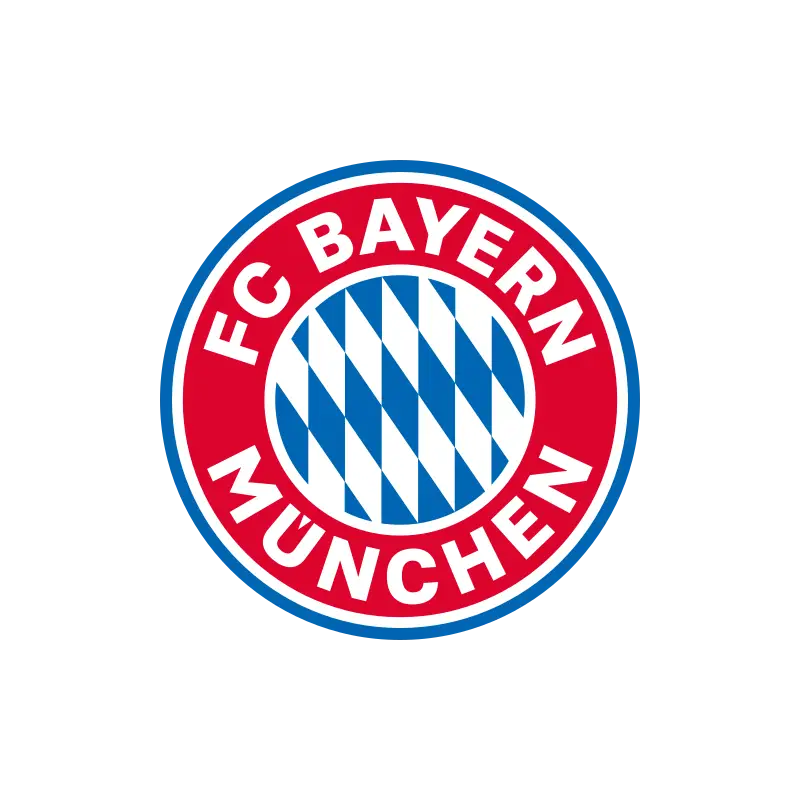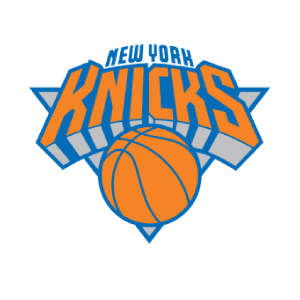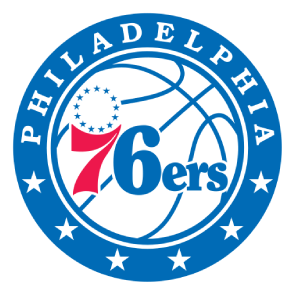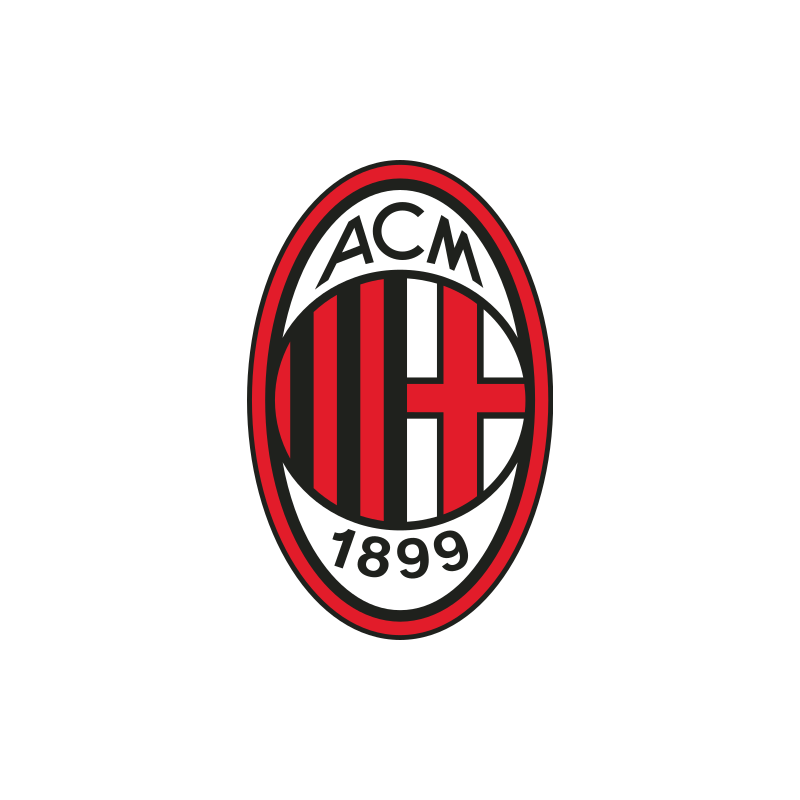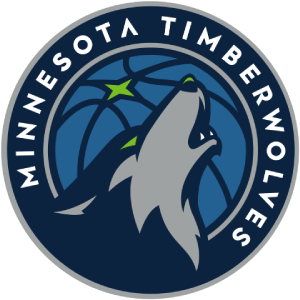Golf Odds
Upcoming Golf Events Odds:
Understanding Golf Odds
Understanding golf odds is essential for making informed and profitable bets. Golf odds can be confusing and intimidating for beginners, but they are fairly straightforward and simple to comprehend.
The odds represent the likelihood of a golfer winning or placing in a golf tournament, and they are set by oddsmakers based on a variety of factors such as recent performance, course history, and current form.
To read golf odds, it is important to understand the plus and minus signs. If a golfer has a plus sign in front of their odds, it means they are an underdog and have a lower probability of winning. The number after the plus sign indicates how much you could win if you bet $100.
For instance, if a golfer has odds of +300, it means you could win $300 if you bet $100 on that golfer and they win. If a golfer has a minus sign in front of their odds, it means they are the favorite and have a higher probability of winning. The number after the minus sign indicates how much you need to bet to win $100. For instance, if a golfer has odds of -120, it means you need to bet $120 to win $100 if that golfer wins.
How Do Golf Odds Work?
To understand how to bet on golf, first learn about what the odds mean.
Golf betting odds are a translation of their probability. They manifest as either decimal, fractional, or American odds – the positive and negative numbers you see on sportsbooks like “+1500” or “-115”. These indicate how much is won on a $100 wager and how much must be wagered to win $100, respectively.
Moneyline
The golf moneyline is also the golf matchup odds. Golf tournaments, namely in the PGA Tour, are played in pairs. You can bet on which of the two or three golfers (also known as “3 balls”) will finish with the best score (the lower score) for a particular round (not the whole tournament). They also don’t need to be paired together to have betting lines.
Futures
In golf, the futures market is one of the most frequent bets. This includes the “outright” market where you can bet on which golfer will win the tournament. Golf tournaments, for the most part, are played via a four-day span. The golfer with the best score after the four days wins (with a “play-off” tiebreaker if needed).
Props
Golf props are also available once in a while. These can vary depending on the tournament. Some popular props include betting on a golfer to hit a hole-in-one, the number of birdies or eagles, and what place a golfer will finish in (Top-5, Top-10 etc.). These golf betting odds are also common in celebrity golf tournaments like “The Match”.
Examples of Betting on Golf
Betting on golf will usually be a moneyline bet on a matchup or 3-ball or the outright market. Let’s look at two examples here. First up, the matchup moneyline:
| Player | Moneyline |
|---|---|
| Rory McIlroy | -140 |
| Brooks Koepka | +115 |
In this example, McIlroy is favored to finish with a better score than Koepka in one round of golf. They play and McIlroy finishes the day with a 68 (-2) while Koepka finishes with a 67 (-3). The bet on Koepka at +115 wins. If $100 was wagered, the return is $115.
In an outright market, let’s use a Masters tournament as an example:
| Player | Moneyline |
|---|---|
| Jon Rahm | +1100 |
| Hideki Matsuyama | +3000 |
| Tiger Woods | +5000 |
| Gary Woodland | +10000 |
| Stewart Cink | +30000 |
Only one of these bets will win as there is only one winner for The Masters. Because the odds are lengthy, it is feasible to place bets on many golfers and still come away with a profit. Bet $100 on each of these golfers for a total of $500. If any of them win, i.e. Rahm at $1,100, you will have profited.







